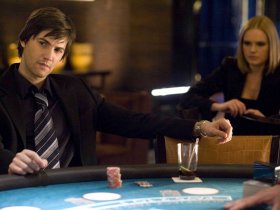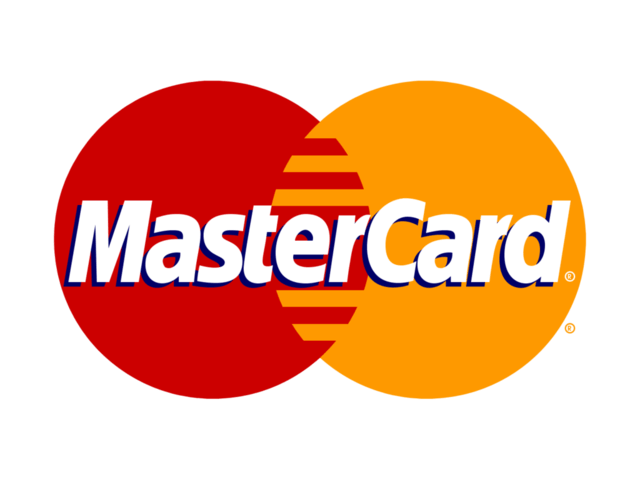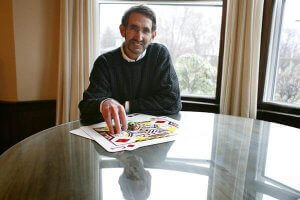
It’s common knowledge that when gambling is the name of the game, the casino is always going to come out on top. But the punter doesn’t always have t o be the loser, as a group of students proved in the 1990s. Those students were the MIT Blackjack Team, and this is their story.
The MIT Blackjack Team was made up of students and ex-students from leading colleges like Harvard University, Harvard Business School and Massachusetts Institute of Technology. They travelled all over the world to beat casinos at blackjack through card counting and a range of more sophisticated strategies. The original group and their successors dominated the world of blackjack from 1979, right up to the beginning of the new century.
They’ve been the inspiration for many other blackjack teams all over the world who hope to beat the casinos the way MIT did. The MIT Blackjack Team had something they will never have, however: Bill Kaplan.














 Kaplan moved to Las Vegas following his undergraduate graduation in 1977, having delayed his postgraduate admission for a year. He’d recently read a book about card counting, and had come to the conclusion that he’d be able to make good money from blackjack if he could come up with a mathematical model. His intention was to use his own research and statistical analysis of blackjack to form a team of players.
Kaplan moved to Las Vegas following his undergraduate graduation in 1977, having delayed his postgraduate admission for a year. He’d recently read a book about card counting, and had come to the conclusion that he’d be able to make good money from blackjack if he could come up with a mathematical model. His intention was to use his own research and statistical analysis of blackjack to form a team of players.













































